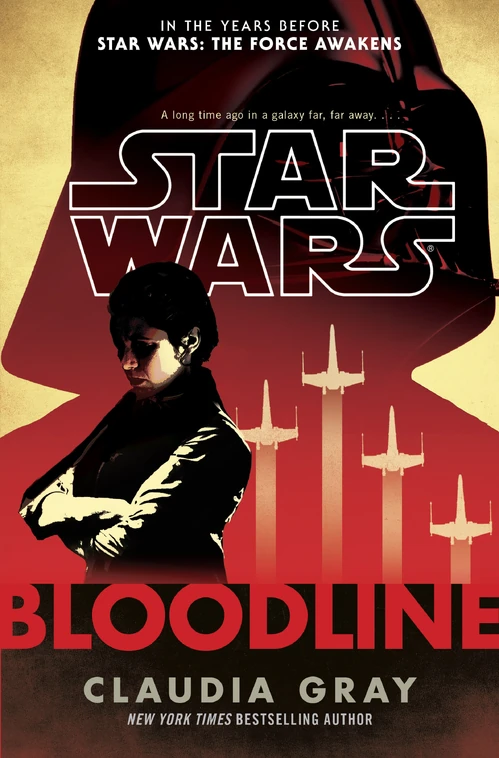Amazing Fantastic Incredible: A Marvelous Memoir by Stan Lee, Peter David and Colleen Doran
allows Stan Lee to narrate the story of his life through the literary style he
revolutionized… comics. Lee tells the
tale of being a boy who loved to read and lose himself in the adventures of
books. The Lieber home, as Stan Lee was
born Stanley Lieber, was one of contrasts as his mother believed Stanley could
do and be anything while his father appeared to be constantly searching for
success in supporting his family. Stanley dreamed of growing up to be a writer
thanks to his love of reading. Lieber
got his first serious break by becoming an assistant at Timely Comics where he
worked with editor Joe Simon and artist Jack Kirby. Eventually publisher Martin Goodman would put
Lieber over all comics, with Simon and Kirby leaving the company. After military service in World War II, Lee
would return to comics and find himself a wife in Joan Boocock. Lee would find himself in the 1960’s
dissatisfied with comics and with the encouragement of Joan would attempt to
write one more story but in his own style, leading to the creation of The Fantastic Four with Jack Kirby. His new story was under the name Stan Lee so
he could use his real name for real writing.
This success would be followed by others as Lee created heroes with real
problems like Spider-Man, the Hulk and even a God with Thor. From here, Lee would publicize and grow
comics and superhero stories, eventually leading to his numerous cinematic cameos.
I found myself quite surprised with Amazing Fantastic Incredible.
Lee is a very positive and large personality in his public image. And Lee in the memoir’s narrative is
generally positive and large. And while
he does not forget to pat his own back, he also greatly praises the work of
others including Jack Kirby who in the text and art is virtually made a saint. Lee does not pull back from potential
disagreements. Well actually he
does. He notes and discusses disagreements
with Kirby, Steve Dikto and even his brother Larry Lieber. But while he acknowledges them, he neither
attacks the other parties nor defends himself.
Again, while Jack Kirby before his death may have held resentment
towards Lee for the credit he received publicly versus himself, Lee puts
Kirby on a pedestal. Another example of
how he treats uncomfortable topics is the death of his second daughter. Lee mentions it and then the comic format
allows us to understand how the event made him feel. And really it is interesting to see Lee’s
life played out in comics. It allows the
read to be quick yet informative. The format
really worked much better than I thought. And it was more than a hooray for Stan
autobiography.
I would suggest comic fans at least borrow Amazing Fantastic Incredible. I did borrow as the $30 list price is to rich for my blood for the breezy read one gets. While the memoir is far from groundbreaking
or deep, it is fun and enjoyable. In the
end it is a nice use of the format without too much text and good use of images
to help convey emotion and story.


